For generations, home cooks and professional chefs alike have faced the same teary-eyed dilemma: how to chop an onion without crying. The humble onion, a staple in kitchens worldwide, has a notorious reputation for reducing even the toughest cooks to tears. But recent scientific breakthroughs may finally offer a solution to this age-old problem.
The root of the issue lies in the onion's defense mechanism. When an onion's cells are damaged by cutting, they release enzymes that break down sulfur compounds, producing a volatile gas called syn-propanethial-S-oxide. This gas reacts with the water in our eyes to form sulfuric acid, triggering a stinging sensation and the familiar flood of tears as our eyes attempt to flush out the irritant.
Researchers at the Japanese House Foods Corporation made a significant discovery while studying onion genetics. They identified the specific enzyme, known as lachrymatory-factor synthase, responsible for converting the onion's sulfur compounds into the tear-inducing gas. This finding opened new possibilities for developing tear-free onions through selective breeding or genetic modification.
Meanwhile, food scientists at the University of Wisconsin took a different approach, focusing on cooking techniques rather than altering the onion itself. Their extensive testing revealed that certain cutting methods could significantly reduce tear production. The key, they found, lies in minimizing cell damage that releases the irritating compounds.
The most effective technique involves making clean, swift cuts with an extremely sharp knife. A dull blade crushes rather than slices through the onion, rupturing more cells and releasing greater amounts of the irritating gas. The researchers also recommend chilling onions for about 30 minutes before cutting, as the cold temperature slows down the enzymatic reactions that produce the tear-causing compounds.
Interestingly, the scientists discovered that cutting technique matters more than previously thought. The traditional method of cutting an onion pole-to-pole (from root to stem) rather than across the equator actually makes a significant difference. This approach severs fewer of the onion's cell walls that contain the enzymes responsible for producing the irritant.
Beyond cutting methods, researchers have explored various kitchen hacks that might offer relief. Some suggest cutting onions under running water or near a fan to disperse the gases. Others recommend wearing goggles, though this solution might be impractical for everyday cooking. Chewing gum or holding a piece of bread in the mouth while cutting has also been proposed, with varying degrees of success.
The scientific community remains divided on some of these folk remedies. While some methods show measurable reduction in tear production during controlled experiments, others appear to work primarily through distraction or placebo effect. What's clear is that proper knife skills and understanding of onion biochemistry can make a tangible difference in reducing kitchen tears.
For those particularly sensitive to onions, the future may hold even better solutions. Plant geneticists are working to develop onion varieties that either lack the troublesome enzyme or produce it in much smaller quantities. These modified onions would retain their flavor and nutritional value while eliminating the crying problem entirely.
As research continues, home cooks can take comfort in knowing that science is finally tackling this everyday kitchen nuisance. While we may never completely eliminate tears in the kitchen, understanding the chemistry behind the phenomenon and applying proper cutting techniques can make onion preparation a far less emotional experience.
The next time you find yourself reaching for the tissues while prepping dinner, remember that centuries of culinary tradition and cutting-edge science are both working to make your time in the kitchen more comfortable. With the right knowledge and tools, even the most potent onion can be tamed.
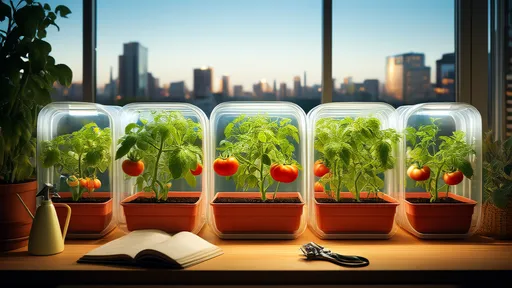
By /Aug 1, 2025
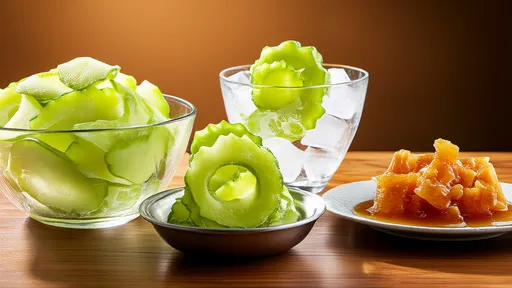
By /Aug 1, 2025
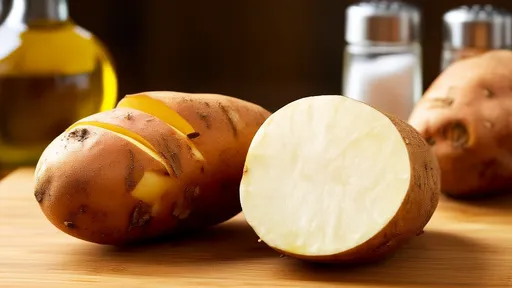
By /Aug 1, 2025
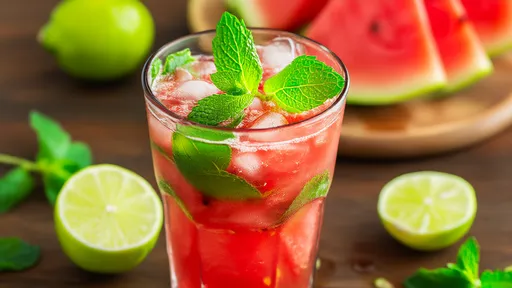
By /Aug 1, 2025
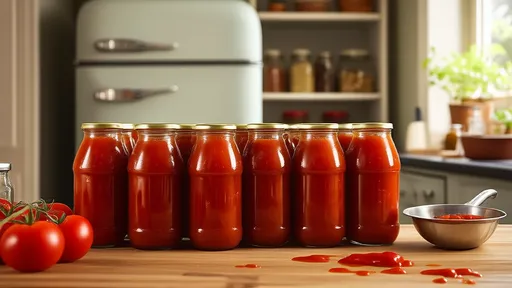
By /Aug 1, 2025
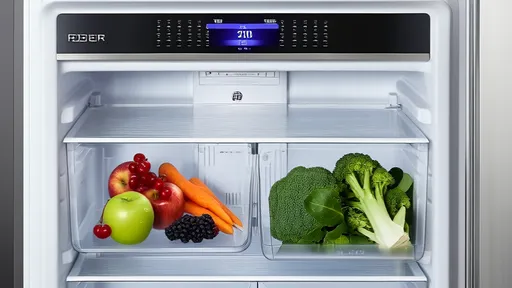
By /Aug 1, 2025
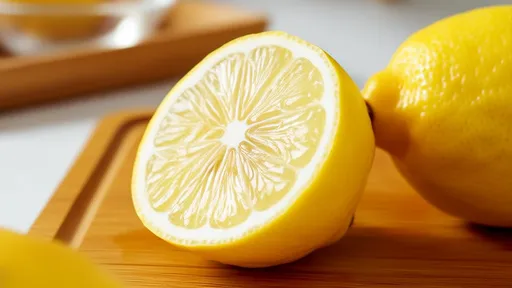
By /Aug 1, 2025
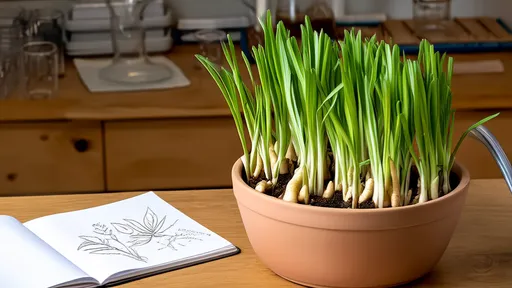
By /Aug 1, 2025
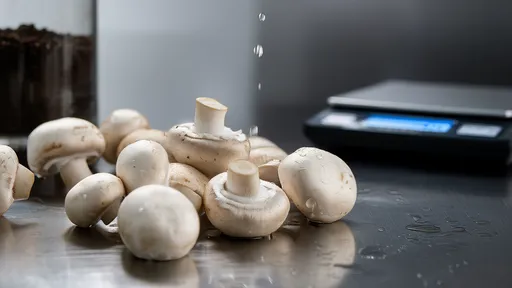
By /Aug 1, 2025
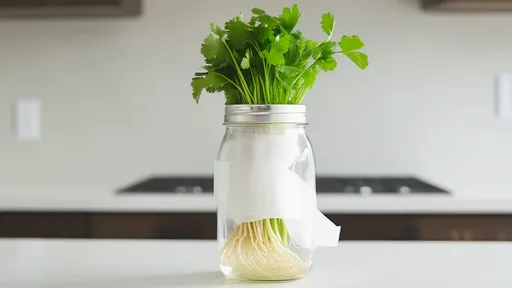
By /Aug 1, 2025
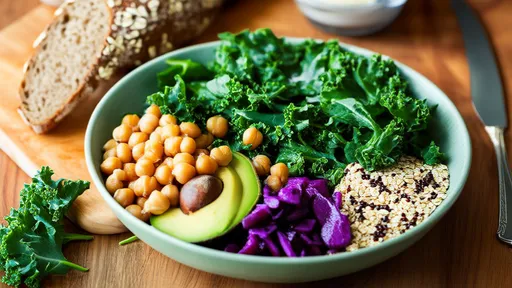
By /Aug 1, 2025
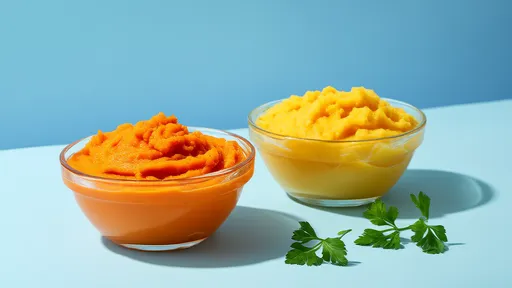
By /Aug 1, 2025
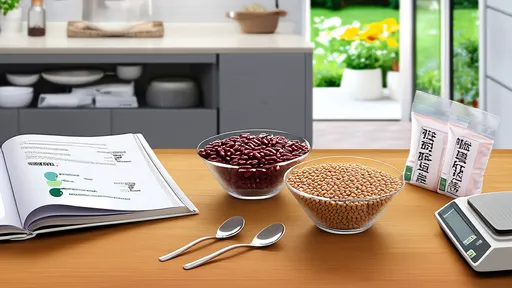
By /Aug 1, 2025
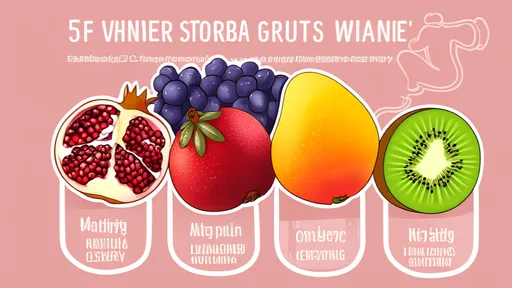
By /Aug 1, 2025
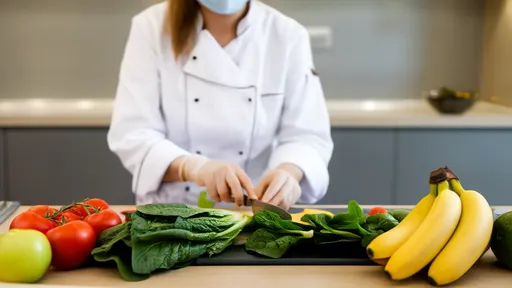
By /Aug 1, 2025

By /Aug 1, 2025
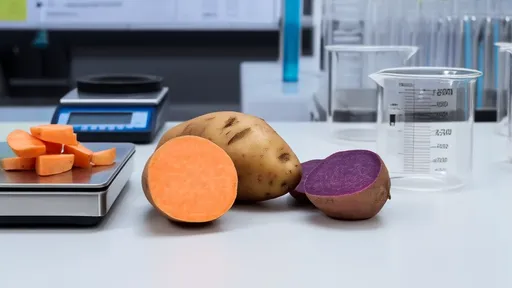
By /Aug 1, 2025
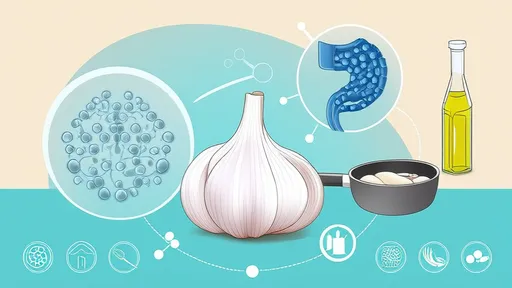
By /Aug 1, 2025
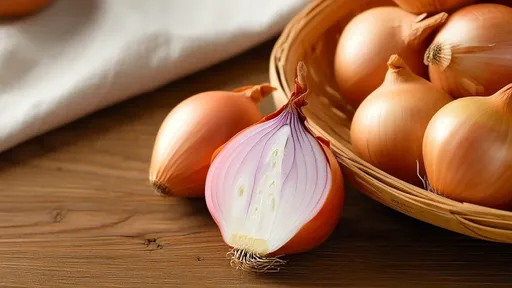
By /Aug 1, 2025
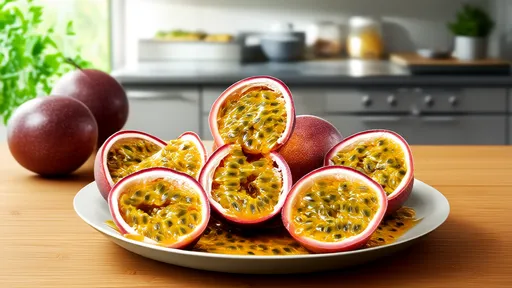
By /Aug 1, 2025